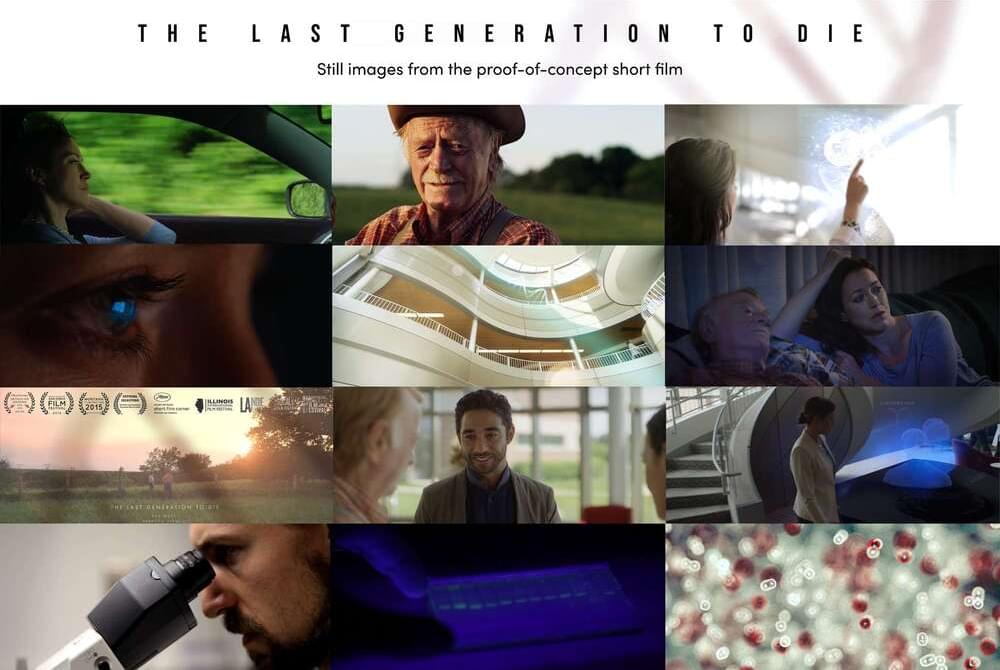With Gauss Rifles [military squads] could pitch a solar panel, charge their guns’ batteries, and fire nuts and bolts off the ground as ammunition.
“You can hold far more energy in batteries than you can with gunpowder,” Wirth told Futurism. And a battery eliminates the need for “explosive chemical propellants.”
But it’s an entirely new type of armament that could have some potentially dangerous consequences, opening the doors to turn anything from metal rods to nuts and bolts into deadly projectiles. And its creators are already imagining military applications.
“Imagine a scenario where a military squad is pinned down behind enemy lines and they’re out of ammunition,” Wirth told us. “With Gauss Rifles they could pitch a solar panel, charge their guns’ batteries, and fire nuts and bolts off the ground as ammunition.”


